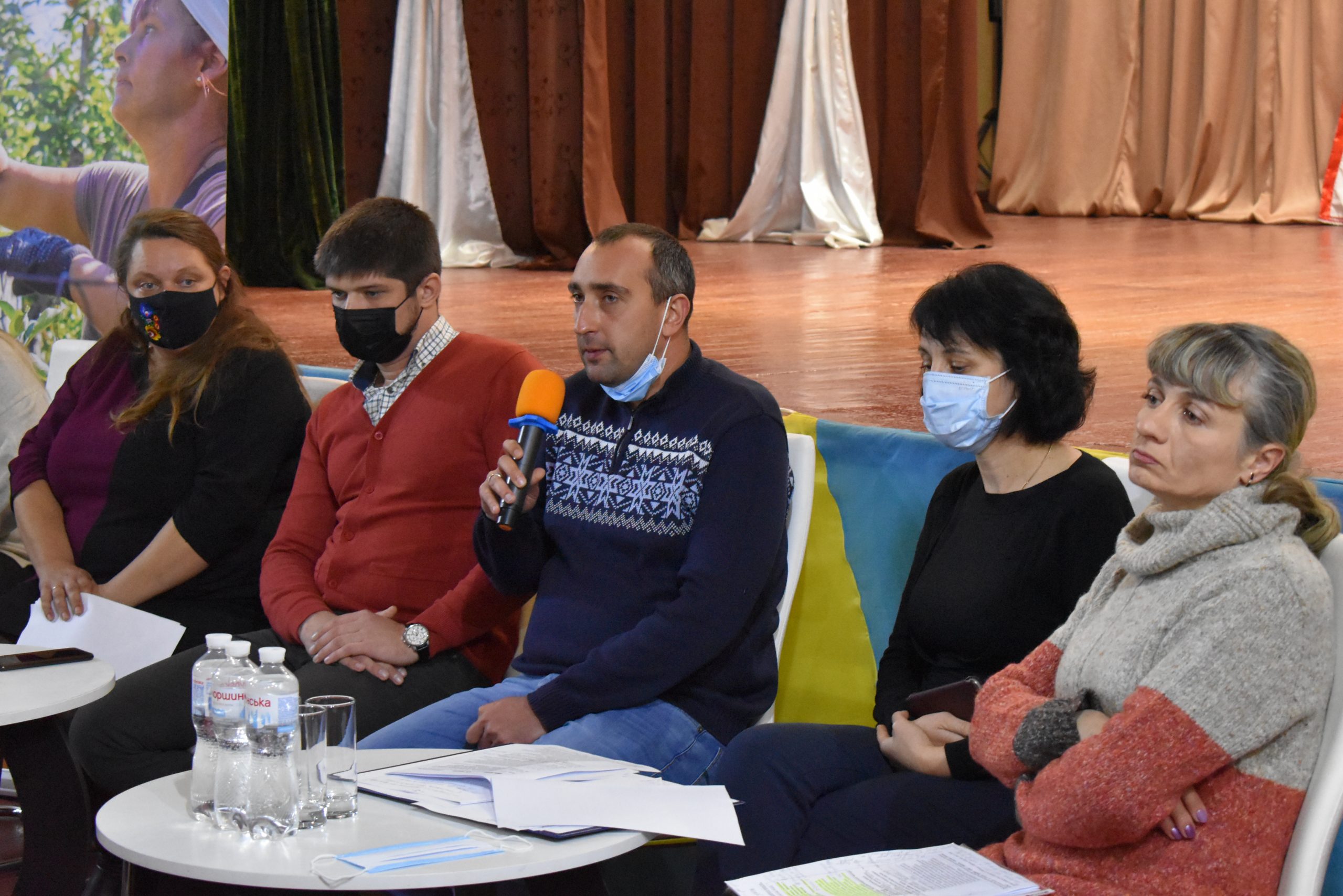This website uses cookies so that we can provide you with the best user experience possible. Cookie information is stored in your browser and performs functions such as recognising you when you return to our website and helping our team to understand which sections of the website you find most interesting and useful.
Rohan Territorial Community
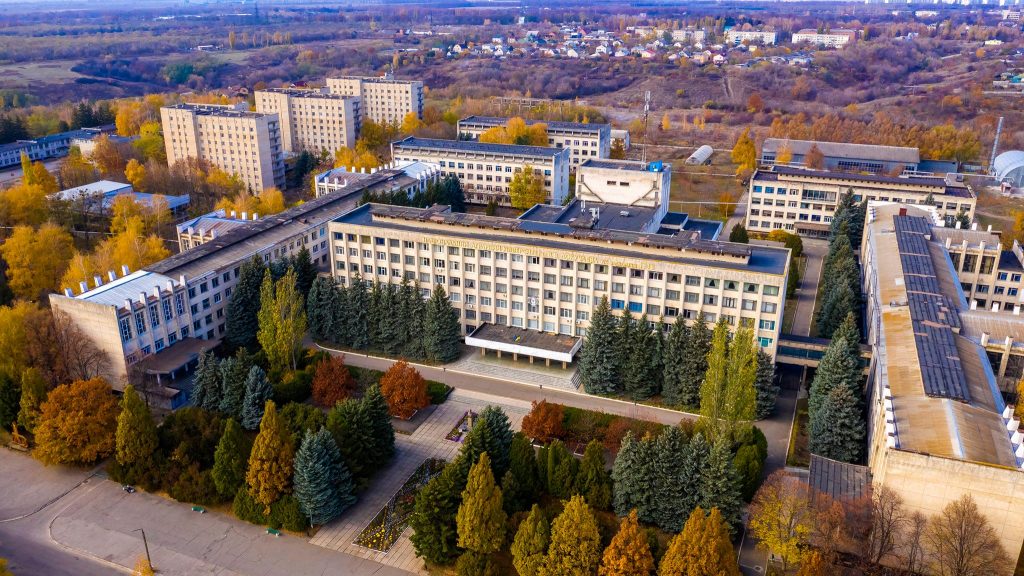
The Rohan community is located on both sides of the Rohanka River (Siverskyi Donets basin). The community includes seven population centres and has its centre in the village of Rohan.
The population – is 16,023 people.
The area of the community is 77.07 km2.
History
The first historical references to the Rohan settlement date back to 1736. Its first possessors and landowners were the family of the Kantemir Princes.
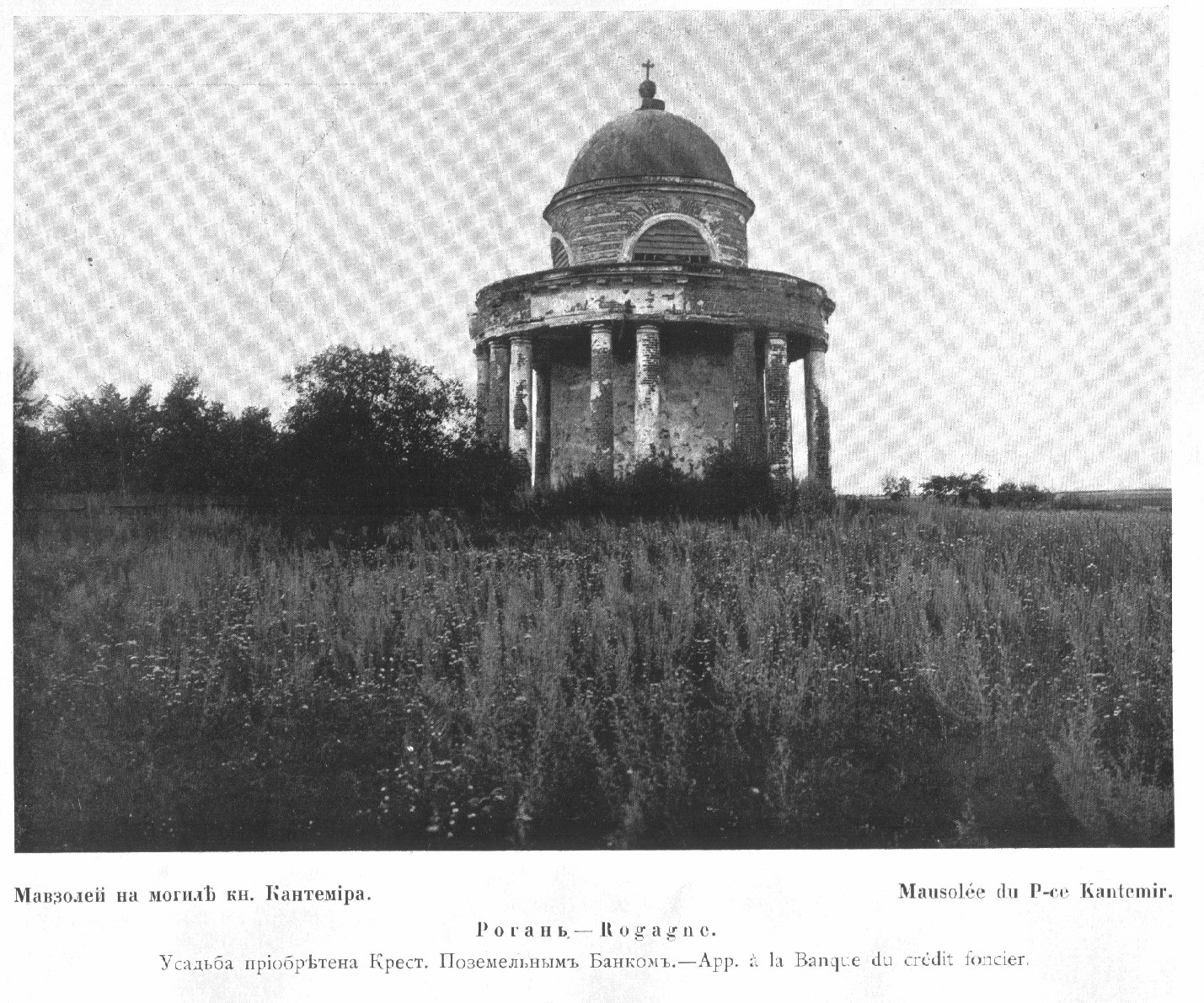

In 1851, 10 years before the abolition of serfdom, the first industrial facility, a paper factory belonging to the family of Counts Passeks, appeared in Rohan.
Immediately after the revolution of 1917, the Rohan paper factory was nationalized.
Economy and Welfare
Currently, the economy of the community, which is part of the suburban zone of Kharkiv, is formed by nine farming enterprises, the Philip Morris Ukraine Tobacco Factory, the Rohan Cardboard Factory, as well as various small and medium-sized enterprises.
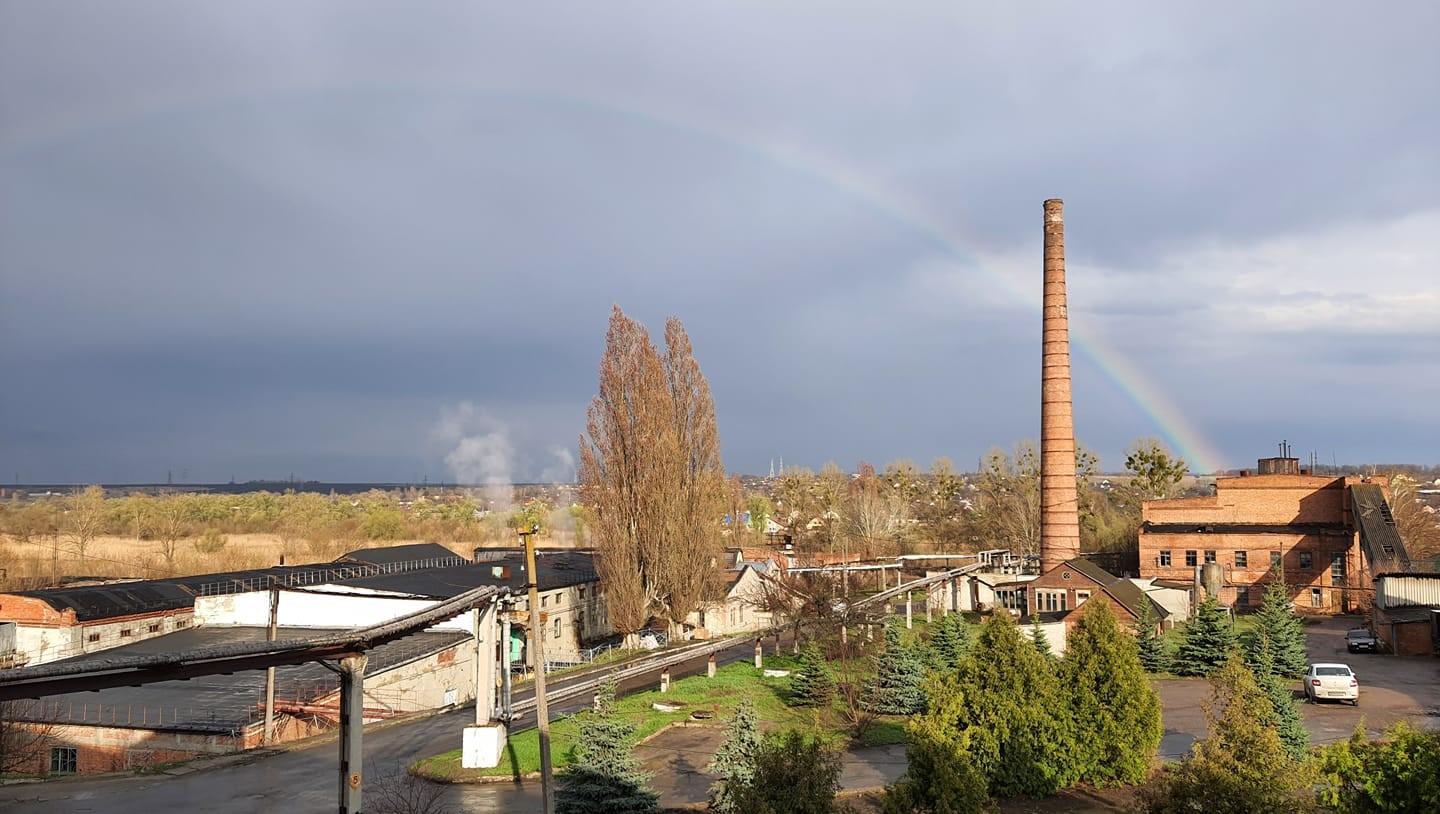
There are various cultural institutions and four churches on the territory of the Rohan community. In 2017, the Children’s Youth Sports School Complex was created. Also, there is a children’s music school.

The community actively works with international initiatives and participates in projects for its own development. Thus, the Rohan village community is a participant in the pilot project for the development of comprehensive spatial development plans, which is implemented with the support of the USAID Program for Agrarian and Rural Development.
Effective territorial planning and community land use is one of the main tools for its successful development and investment attraction.
The community also cooperated with the U-LEAD with Europe initiative as a participant in the project entitled: Improving the Civil Defence System in the United Territorial Communities of Ukraine and received firefighting equipment.
Also, an important part of the Rohan community is the starosta-headed district of Khroly. There is the Ponomarenky Lyceum, a kindergarten, a village club, a village library, a post office, and an out-patient clinic in the village of Khroly. There is also an Orthodox church on the territory of the village.
Community and War
From the first days of the full-scale invasion, the Rohan community was in the line of fire. The Russian military positioned in one part of the village of Rohan, so it took time for the Ukrainian defenders to knock them out.
In Rohan, the shelling did not stop for months. The main destruction was caused in March-April 2022, when the confrontations in this direction were the most severe and intense.
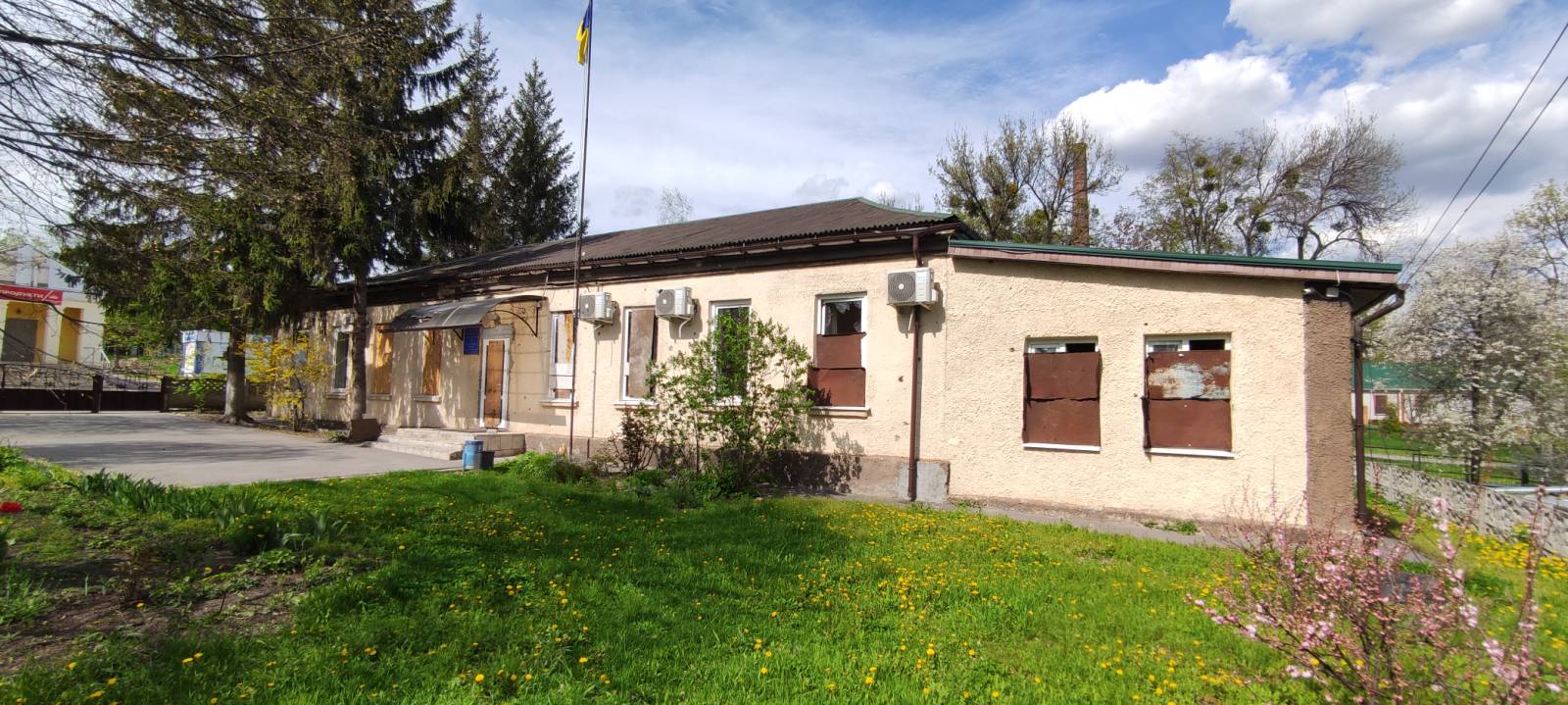
On February 26, high-voltage power lines were cut off as a result of Russian shelling. Rohan was left without light. It was impossible to restore the electricity supply, because the power lines were in the area of active hostilities. The settlement of Rohan lived without electricity for almost two months. There was also no heating and water supply.
All utility services worked to the limits of human capabilities in order to, at least minimally, support the community’s life. Thus, specialists of the Rohan district of Kharkivgaz restored the gas supply in a few days after the gas distribution station in the settlement was damaged, so that people in the private sector had heating and gas for cooking in their apartments.
The local fire brigade of the Rohan Settlement Council was often the only unit to eliminate the consequences of shelling in the conditions of active hostilities. From the beginning of the invasion to April, the Rohan fire brigade made 21 fire site visits to residential buildings and enterprises of the community. In addition, in the conditions of hostilities, the fire brigade provided residents with technical water, since water supply was not available in most of the territory of the community until mid-May 2022.
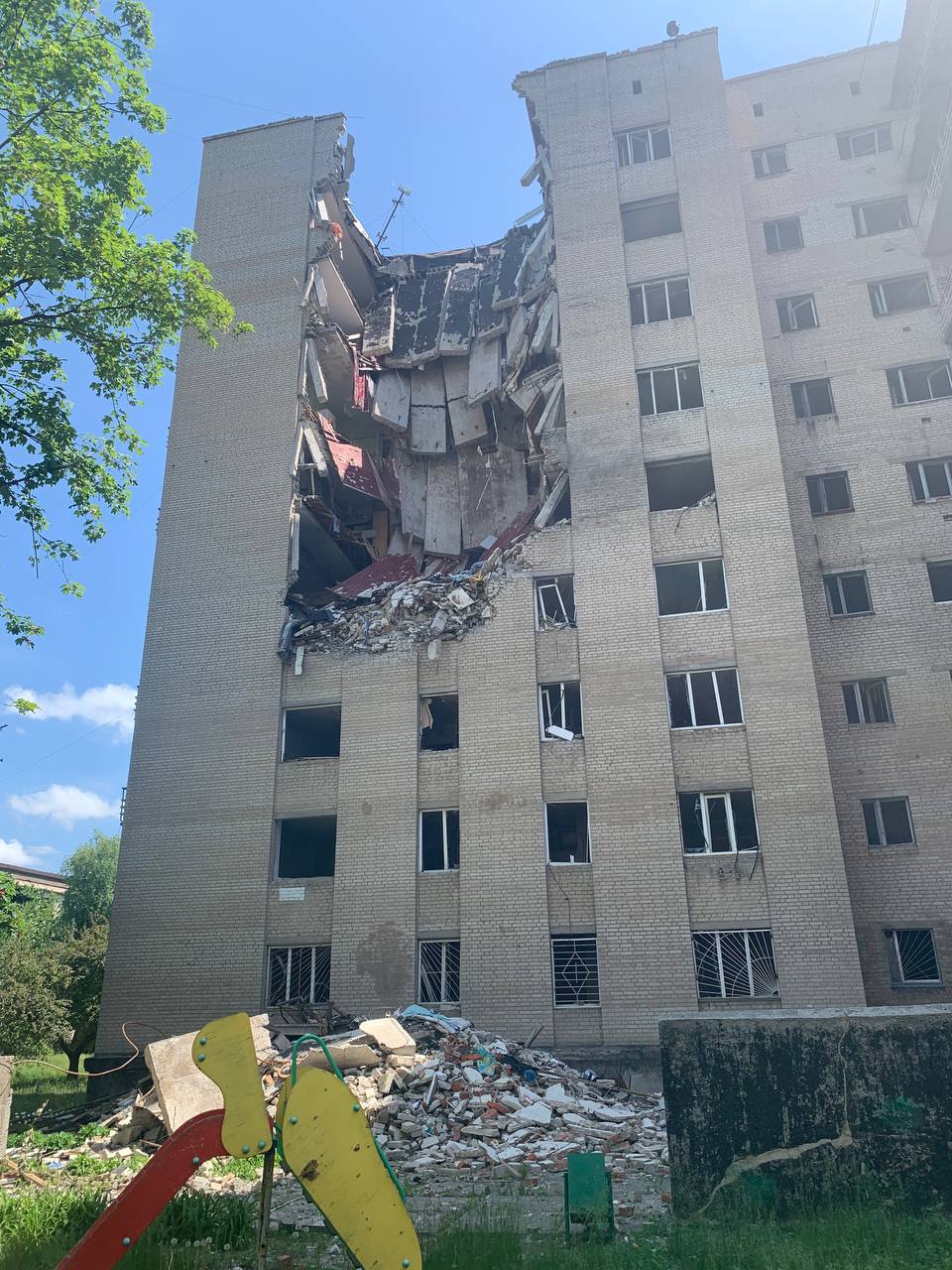
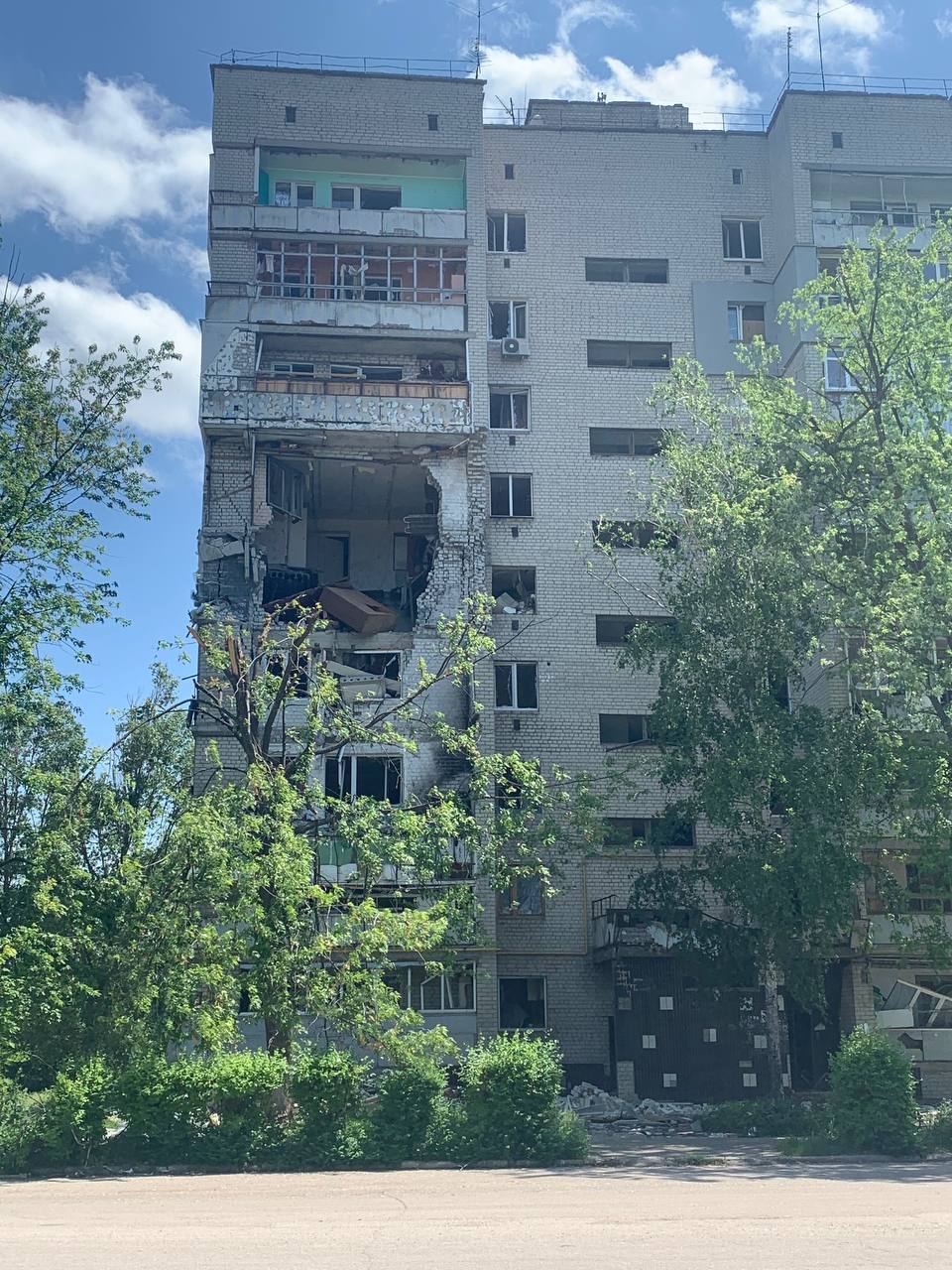
In March, the neighbouring village of Mala Rohan was liberated. Therefore, the line of confrontation moved gradually far enough for the community to start returning to a more or less normal life in new conditions.
A lot of new challenges are facing the Rohan settlement community, taking into account the fact that the war has not bypassed its territory. The main problems are the repair and restoration of all infrastructural and social facilities and residents’ housing.
Currently, the Rohan community has the opportunity to record the consequences of Russian aggression and to restore damaged buildings.
Before the war, there were about 1,200 private houses in Rohan, and today more than 620 reports on damage caused to houses have been drawn up, of which 25 houses are completely destroyed and cannot be restored.
Residents of the destroyed buildings were placed in private houses, which are now empty. The owners of these houses gave their consent for accommodation. Some people are still living in the basement of the first academic building of the State Biotechnology University.
The lyceum in Rohan was also badly damaged. It was fired upon by multiple rocket launchers and artillery. There was a direct hit on the roof of the building. Approximately 70 percent of the windows in the lyceum are broken. The lyceum in Dokuchayevske was less affected. Also, the roof was destroyed and the windows of were broken in the Rohan kindergarten.
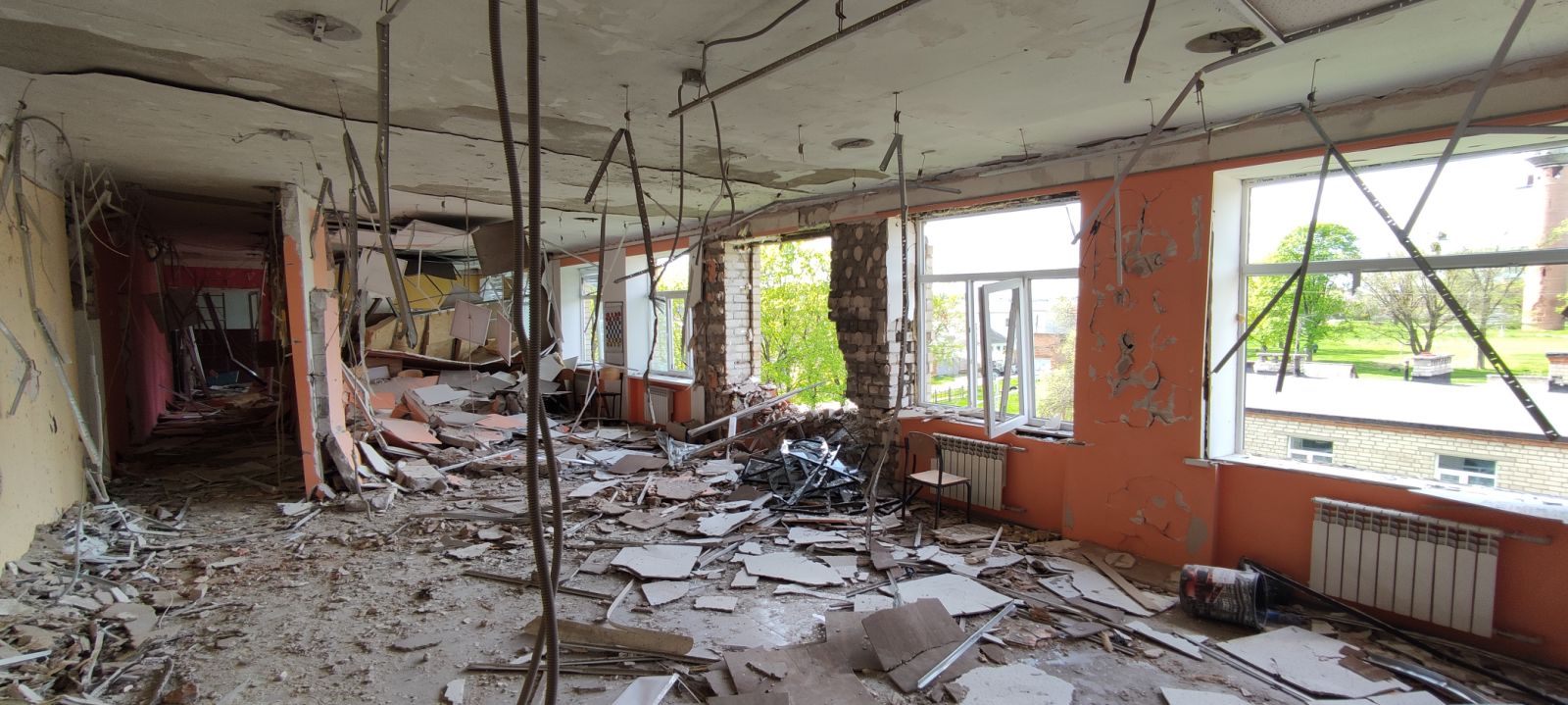
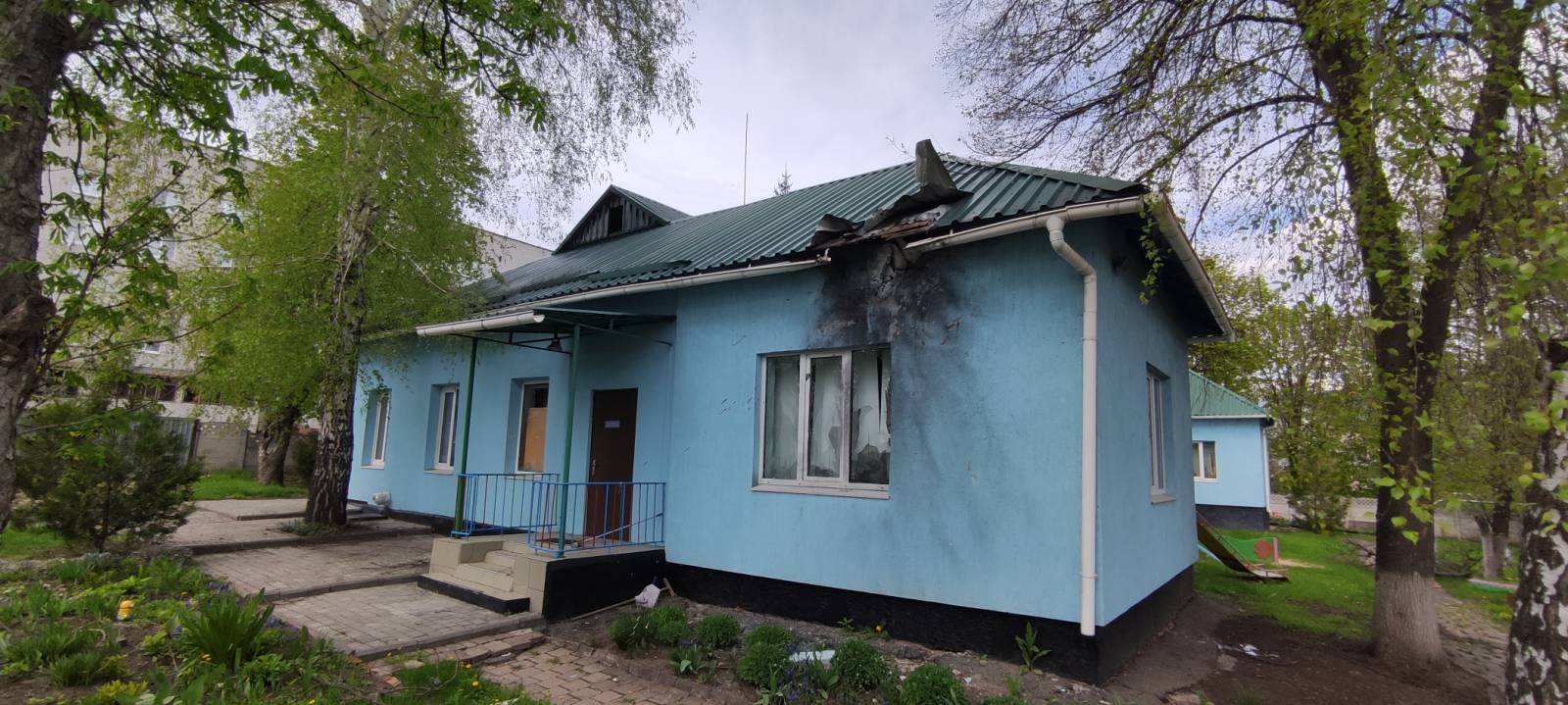
Today, many assets are being restored. Small businesses are gradually resuming their work, shops and some establishments have started operating.
The executive committee resumed work on the provision of administrative and social services. The Centre for Primary Medical Care has become operational, doctors receive patients in three outpatient clinics.
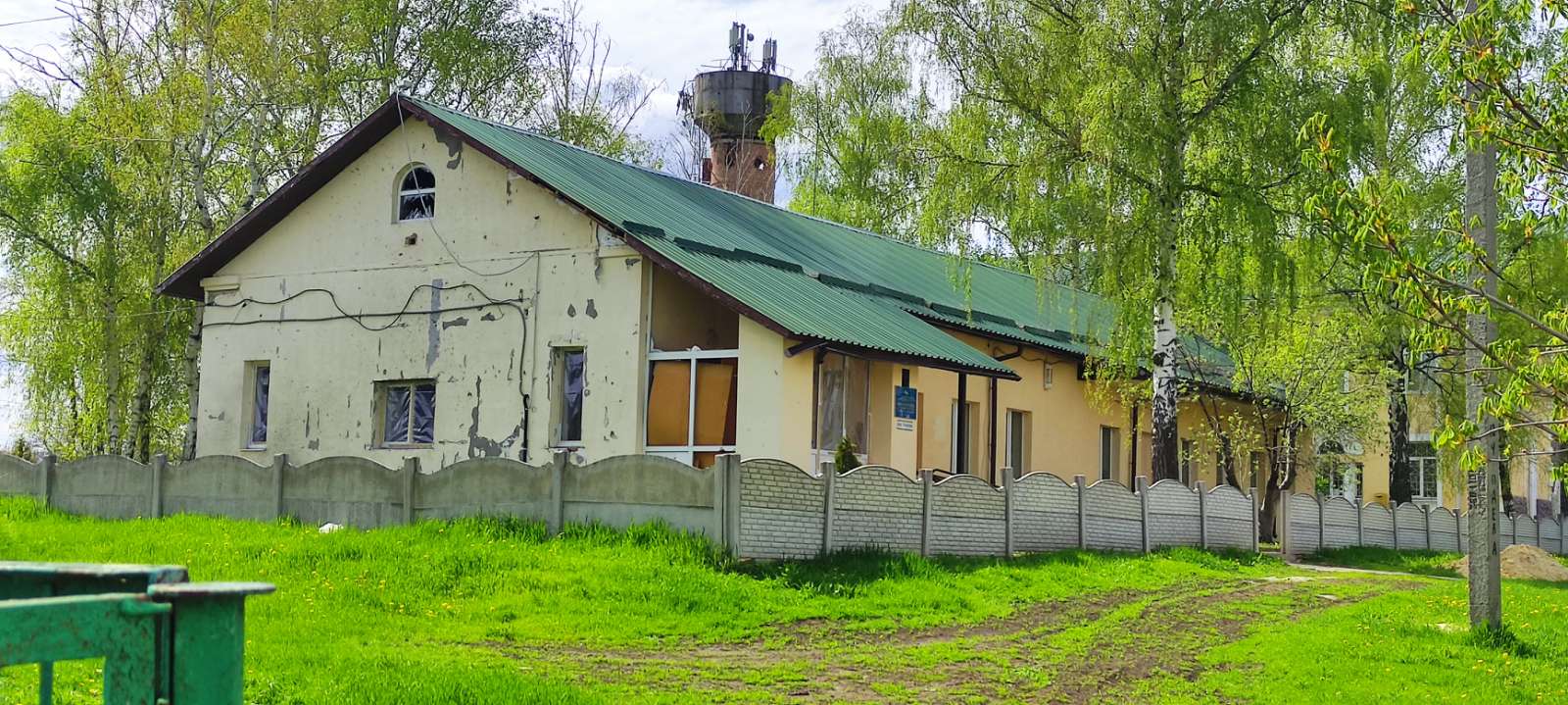
Life in the community has gradually resumed, as far as possible in the conditions of the war. The Rohan territorial community is rebuilding its critical infrastructure after hostilities. The most active restoration work is conducted in the most affected population centres. First of all, the community is engaged in the restoration of electricity, water and gas supply services.
Enemy shelling significantly damaged two water towers that supply water to the settlement of Rohan. Today, these two assets are in need of major repairs, and the search for financing for the works is underway. The situation is the same with the sewage pumping station in Rohan.
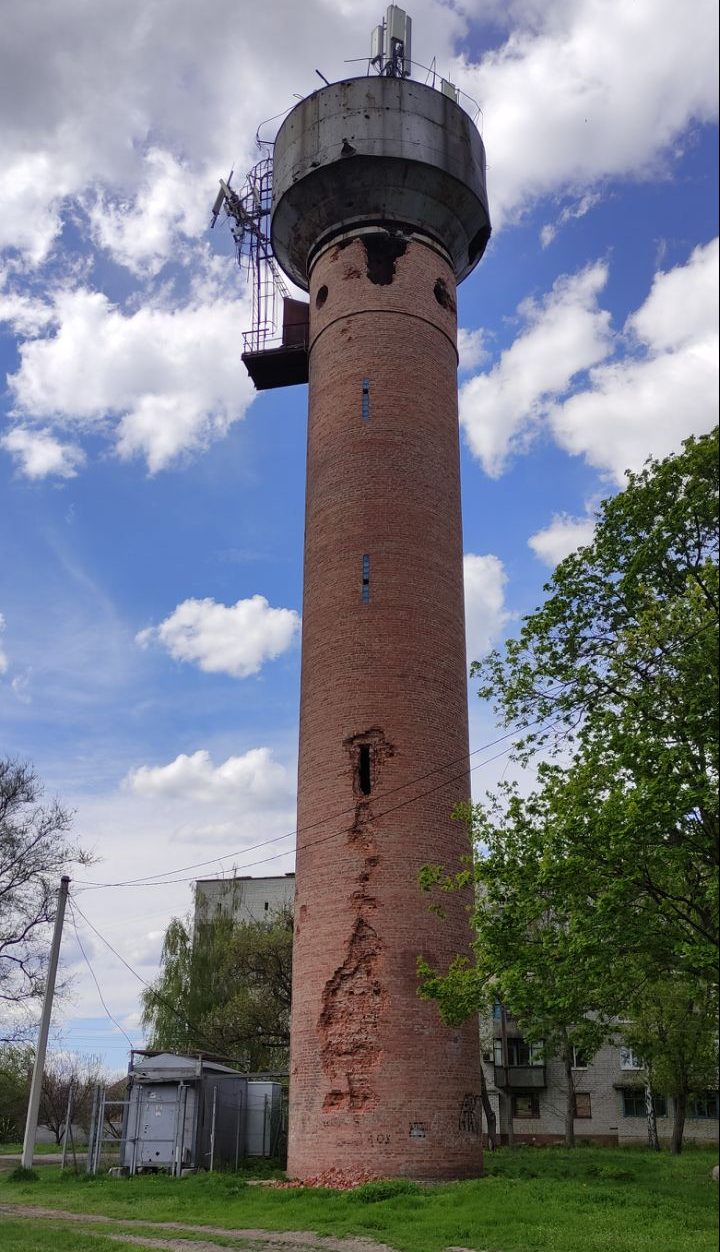
People of the Community

During the full-scale armed aggression of the Russian Federation, Maria Chernenko and her team worked to provide the population of the Rohan territorial community with humanitarian aid, food and basic necessities.
During active hostilities, about 4,000 people in seven population centres stayed in the Rohan community.
Maria Chernenko took over the coordination of the process of evacuating 1,130 people from the places of hostilities within the territory of the Rohan Settlement Council, who could not leave the territory on their own.
Thanks to the work of the team of the Community Head, urgent emergency work was quickly carried out on the assets of critical infrastructure – electric and gas networks in the settlement of Rohan and the settlement of Dokuchayevske, thus, it was possible to avoid a humanitarian crisis in the community.
After the movement of the fighting line from the territory of the community, it was possible to start restoration work on the assets of social infrastructure. Thus, the boiler house in the settlement of Rohan has already been restored, two general secondary education institutions have been repaired, and the kindergarten and the administrative premises of the Rohan Settlement Council have been restored which allowed reception of citizens on various issues.
The community head has already developed a plan for the post-war restoration of damaged assets on the territory of the Rohan Settlement Council, and its implementation has already begun.
The Executive Committee and the Rohan Village Council have always been actively working with young people for the development of youth policy in the territory of the community. According to the results of the Public Budget of the Rohan Community (participatory budget) 2021, four of the six winning projects were submitted and won by representatives of the youth council.
Community youth were active at the first All-Ukrainian forum for representatives of youth advisory groups. The Laboratory of Superheroes youth personal development programme was implemented on the territory of the community. As part of this event, a Memorandum of Cooperation was signed between the Ukrainian Leadership Academy and the Rohan community. The youth work resulted in the Rohan Settlement Council being awarded by the Kharkiv Regional State Administration with a certificate of honour for the popularization of youth policy.
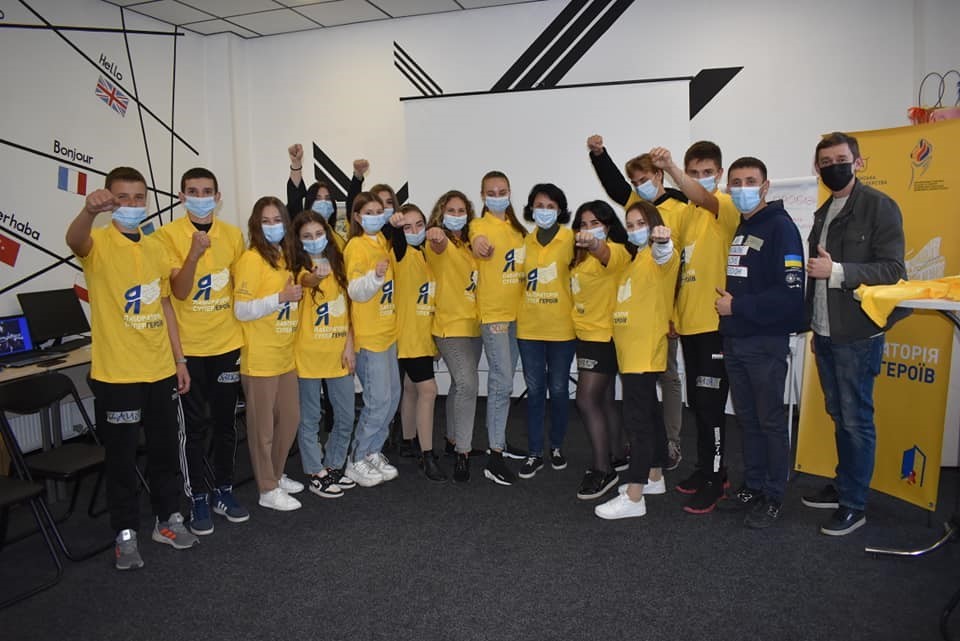
After the Ukrainian military pushed back the Russians, the front line moved away from the territory of the community, about 5,000 residents of the community have already returned to the settlements, which is approximately 80 percent of the pre-war population.
In addition, the number of registered internally displaced persons is constantly increasing. These are mainly people from neighbouring communities and districts of the Kharkiv region, where active hostilities are currently underway.
Most of them settle with their relatives or acquaintances. Most immigrants are from Izyum, Kupyansk, and Vilkhivka communities. Currently, incoming humanitarian aid is not enough to cover the needs of every resident and displaced person. So, the community concentrated on issuing food kits to certain social groups. Priority is given to families with children, displaced persons, persons with disabilities and elderly people who are registered with social services.
Also, the Rohan community cooperates through the district military administration with the humanitarian warehouses of the Kharkiv regional military administrations which regularly send humanitarian aid. Also, assistance has repeatedly come from the Kharkiv Regional Council.

Local, all-Ukrainian and international charitable and public organizations are also involved in the assistance. The Rohan Settlement Council name among them the humanitarian hub East-West, the volunteer association HUB Vokzal, the charity foundations AISM Ukraine, Zherelo vidrodzhennya and Blagorob, the International Committee of the Red Cross, U-LEAD with Europe, USAID, International Solidarity Foundation, World Food Programme, public organization Tarilka.org and many others.
In addition, ordinary people who live or used to live in population centres of the community, but are now in other regions or abroad, try to help at least in some way. They sent parcels, handed them over through volunteers, personally travelled to Kharkiv so that the residents of the Rohan community had everything they needed for life.
Development Strategy
The community has adopted a plan for post-war recovery and development, which focuses on several areas:
Energy efficiency and energy saving
- Reconstruction of heat supply systems.
- Insulation of social infrastructure facilities.
Water supply and drainage
- Reconstruction of treatment facilities in the settlement of Dokuchayevske.
Development of the health care system
- Increasing the number and quality of medical services provided in medical institutions and at the place of residence of patients.
- Development of secondary medical care.
- Searching for opportunities to finance the major repair of a non-residential building for the transfer of a general practice outpatient clinic of family medicine with the organization of secondary medical care.
Safety, security and improvement of population centres
- Installation of video surveillance systems in the village of Khroly and extension of the systems installed in the settlements of Rohan and Dokuchayevske
- Finding and attracting funds for road repair:
- Development of a network of play and sports grounds, search and attraction of funds for the construction of a mini-football field with an artificial turf
Availability of administrative and social services
- Creation of an inclusive resource centre
- Creation of an administrative services centre
